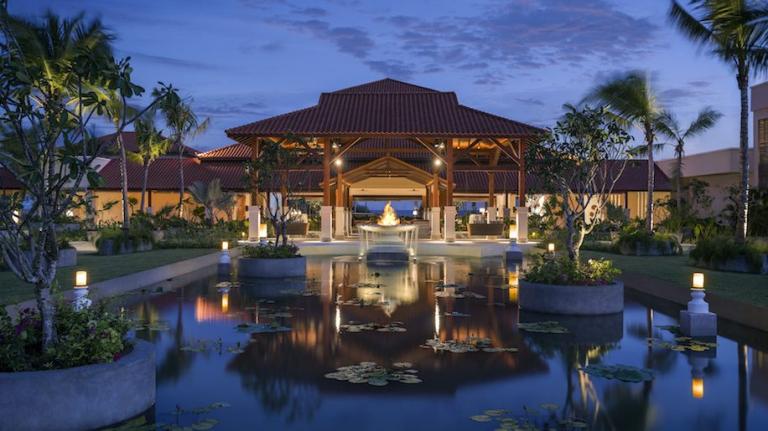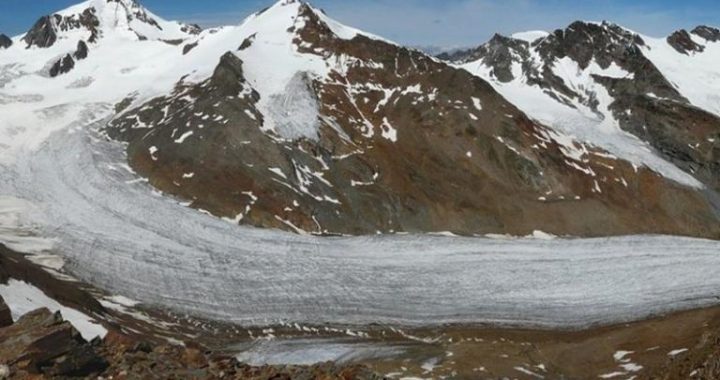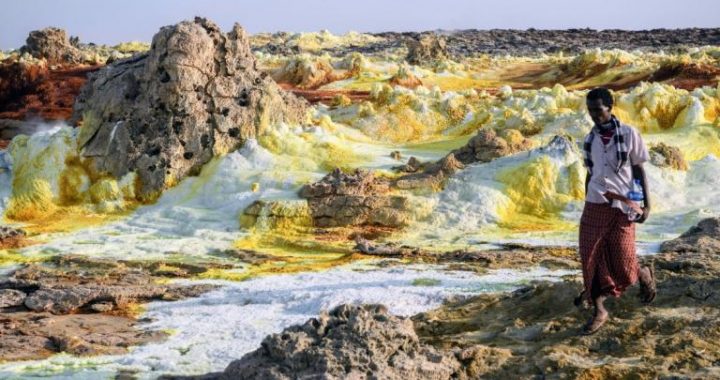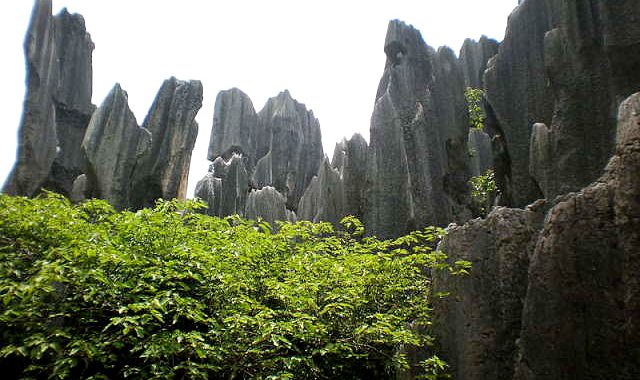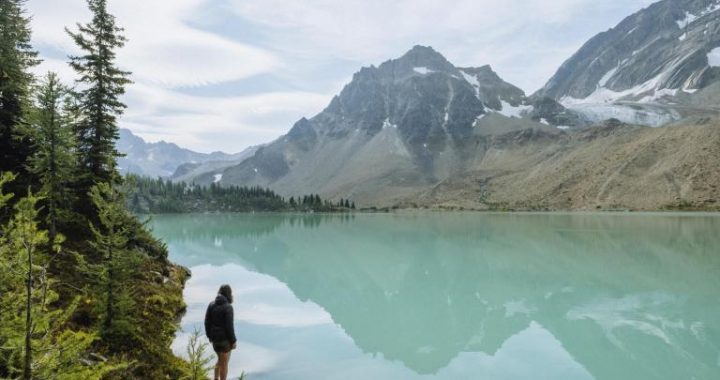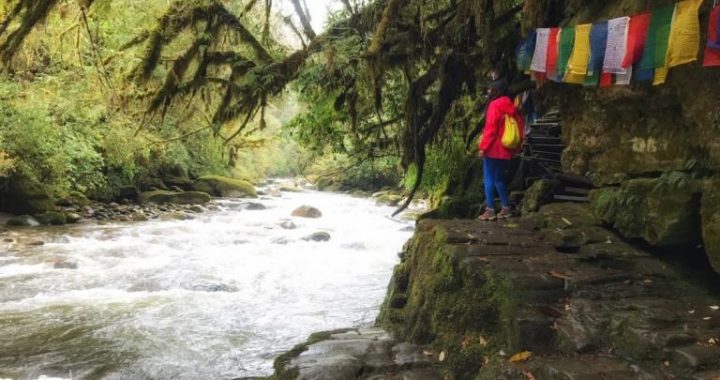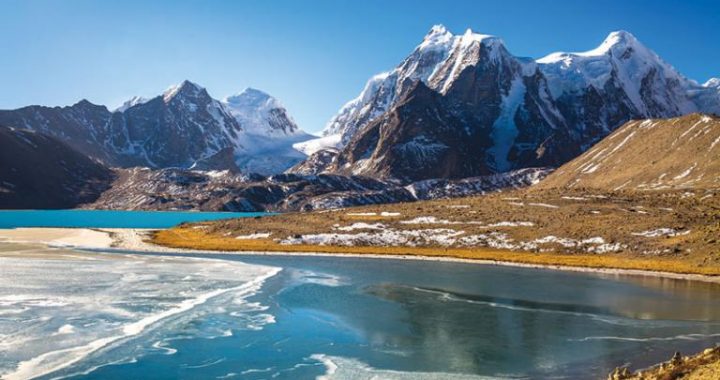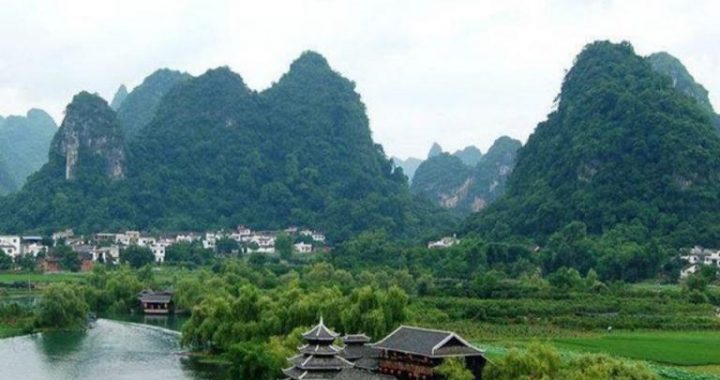THE PLACE:SUBTROPICAL FORESTS AND ALPINE SPLENDOR
2 min readNorthwest Yunnan lies in an area of physical, biological, and cultural transitions, which combine to create the extraordinary places seen in the photographs of this book. Physically, the region lies between the high-elevation Himalayan-Tibetan Plateau complex to the north and the midelevation Yunnan Plateau to the south. This awe-inspiring mountainous landscape circumscribes a setting unique on the Earth’s surface. Northwest Yunnan is traversed by three of the world’s greatest rivers: the Jinsha(upper Yangtze), Lancang(upper Mekong), and Nu(upper Salween). All three originate in the vastness of the Tibetan highlands and nearly convergein northwest Yunnan, cutting deep, parallel gorges as they slide off the southeastern corner of the plateau. At their closest point, these three great rivers flow through an area only 63 kilometers (40 miles) wide before they radically diverge and flow into different oceans. In the narrow distance between these gorges lie high mountains, which create immense topographic extremes. The elevation between the rivers and the intervening mountaintops is commonly 3,000 meters (10,000 feet) and in places up to 4,700 meters(15,400 feet).
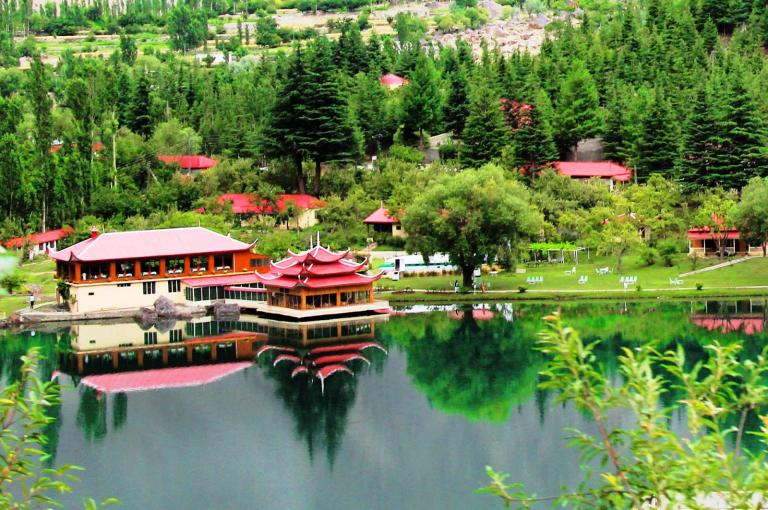
Like the rest of Yunnan Province, the region is under the influence of a monsoonal climate characterized by summer rains and winter droughts.
Summer storms originate in the Bay of Bengal or South China Sea and move northward through northwest Yunnan. The strength of these storms decreases from southwest to northeast, leaving the Nu River valley wetter than anywhere else. Winters are generally clear and dry, with only occasional rain or snow. Consequently, snow packs in the mountains are light, despite their high elevation. Locally, the extreme topographic relief creates microenvironments that are very dry. As monsoon storms move northeastward and cross the high mountains, clouds rise and cannot holdas much moisture, so it falls as rain or snow. With most of the moisture intercepted by the mountains, the leeward valleys are relatively arid.
Northwest Yunnan also lies near the Tropic of Cancer, the boundary between tropical and temperate latitudes. This results in one of the world’s most important biogeographical transitions: that between the cool, temperate realm of northern Asia and the warm, tropical realm of southern Asia.
Overlaying this simple north-south latitudinal gradient is an elevational dimension, whereby life zones ranging from warm, subtropical forests can occur in the lowest valleys, and a short distance above lie the frigid alpine conditions of the high mountains. This elevational stratification of life zones on mountainsides provides the setting for nearly all photographs in the book.
This unique and complex convergence of physiographic and biogeographic zones creates the most biologically diverse temperate ecosystem on Earth. An extraordinary amount of life is packed into a relatively small area. It is this biological richness that has led to great conservation interest in northwest Yunnan, which I discuss later in this book.
